The United States currency system, managed by the Federal Reserve and the U.S. Treasury, has long been a subject of interest for both collectors and the public. As of the latest official reports, seven principal us currency denomination banknotes are still in circulation as a testament to American history. These notes are legal tender no matter when they were issued. Note that these US banknotes have advanced security features to stop counterfeiting.
Official sources like the US Currency Education Program say that these steps help keep the country's financial system honest and trustworthy. Whether you're handling a new $100 bill or an older $1 note, understanding these dollar denominations can offer a fresh perspective on the currency of the United States.
List of All the Current US Currency Denominations
The seven banknotes currently issued and circulated by the Federal Reserve are detailed in the table below.
| US Dollar Denomination | Front Portrait | Back Landmark |
| $1 | George Washington | The Great Seal of the United States |
| $2 | Thomas Jefferson | |
| $5 | Abraham Lincoln | |
| $10 | Alexander Hamilton | U.S. Treasury Building |
| $20 | Andrew Jackson | |
| $50 | Ulysses S. Grant | U.S. Capitol |
| $100 | Benjamin Franklin |
$1 Bill: George Washington
The $1 bill, which is the most well-known and commonly used US currency, has a famous picture of George Washington, who was the first President of the United States. Whereas the Great Seal of the United States has a very detailed design on the back. There is also a bald eagle on the front of this seal, and the unfinished pyramid is on the back, worth noting. Together, they show the country's growth and basic values.
$2 Bill: Thomas Jefferson
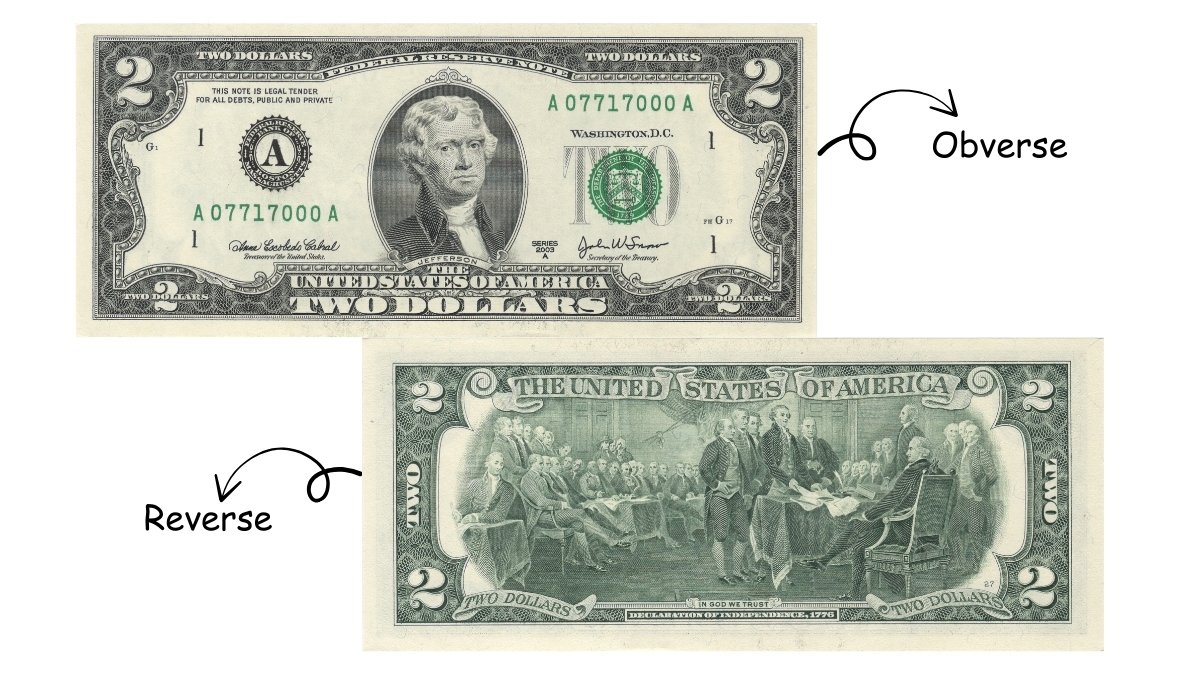
The $2 bill features Thomas Jefferson, who was the third U.S. President and the main author of the Declaration of Independence. This dollar bill is often thought to be a one-of-a-kind piece of American currency. On the back, there is a beautiful engraving of John Trumbull's famous painting "The Signing of the Declaration of Independence." Even though it isn't used very often in everyday transactions, it is still a legal and actively circulating dollar amount.
$5 Bill: Abraham Lincoln
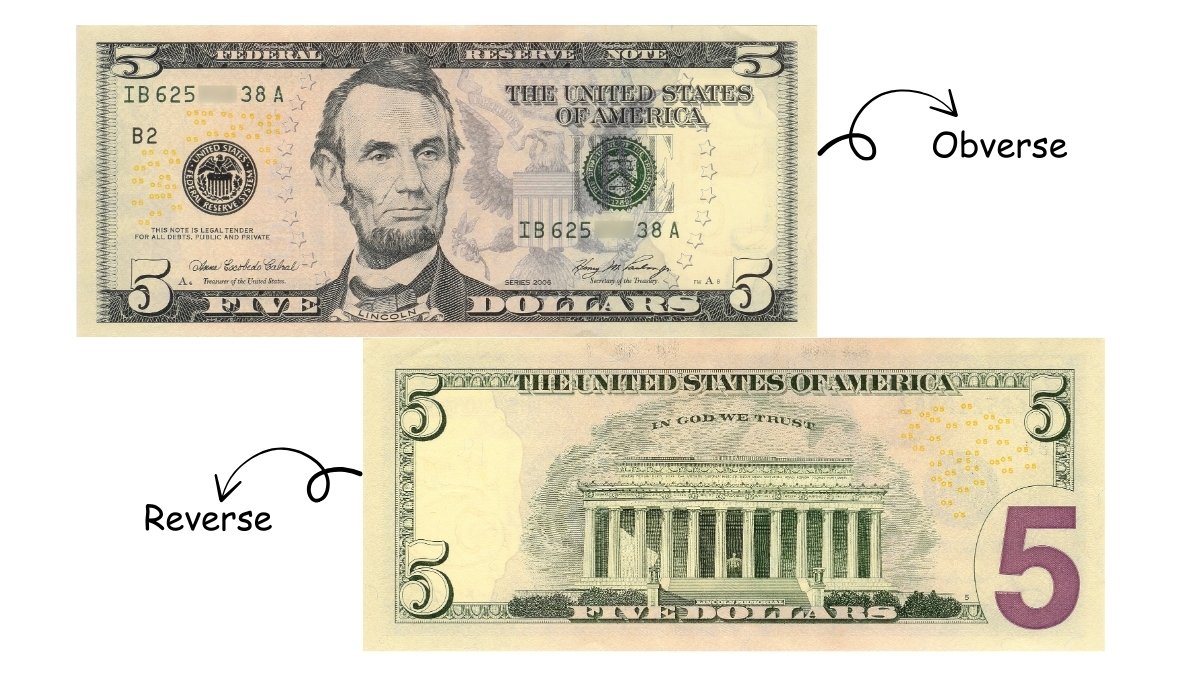
The $5 bill has Abraham Lincoln, the 16th President, on it. He is one of America's most famous leaders and is known for leading the country through the Civil War. The front of the coin shows a dignified picture of him, and the back shows the impressive Lincoln Memorial in Washington, D.C. This landmark is a strong tribute to Lincoln's legacy and his dedication to bringing people together.
$10 Bill: Alexander Hamilton
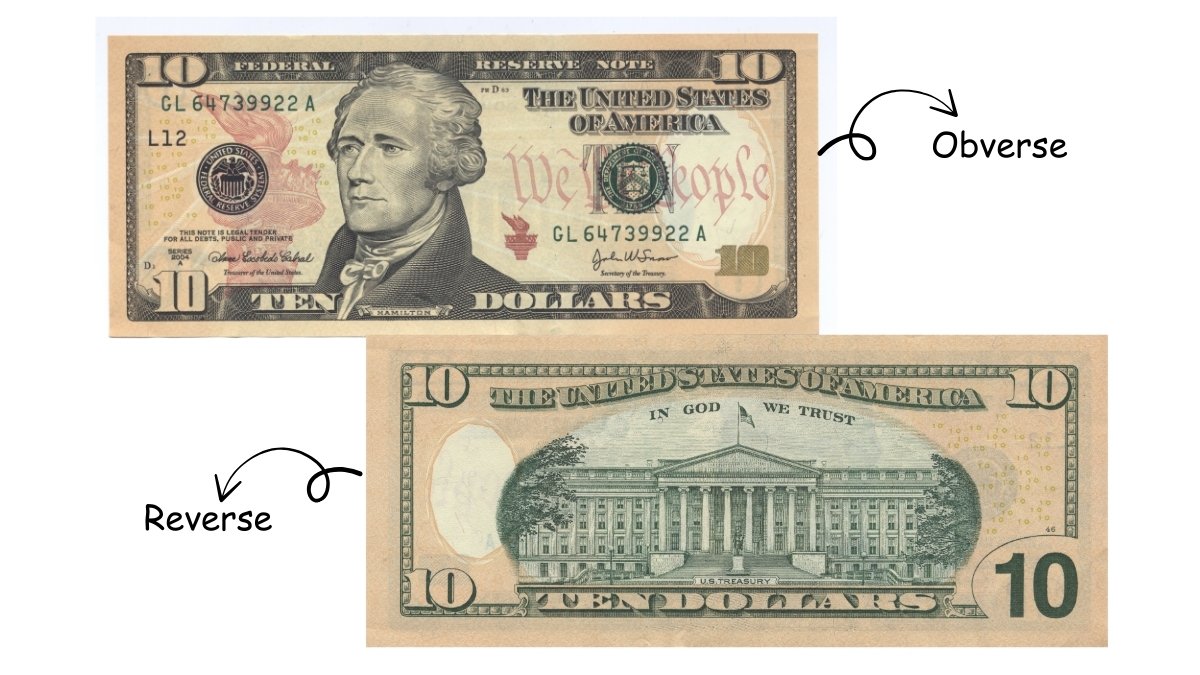
The $10 bill is different from other presidential bills because it has Alexander Hamilton, a Founding Father and the first Secretary of the Treasury, on it. His picture shows how important he was in setting up the U.S. financial system. The back of this U.S. dollar bill shows the U.S. Treasury Building, which is a good architectural representation of the organization he helped start.
$20 Bill: Andrew Jackson
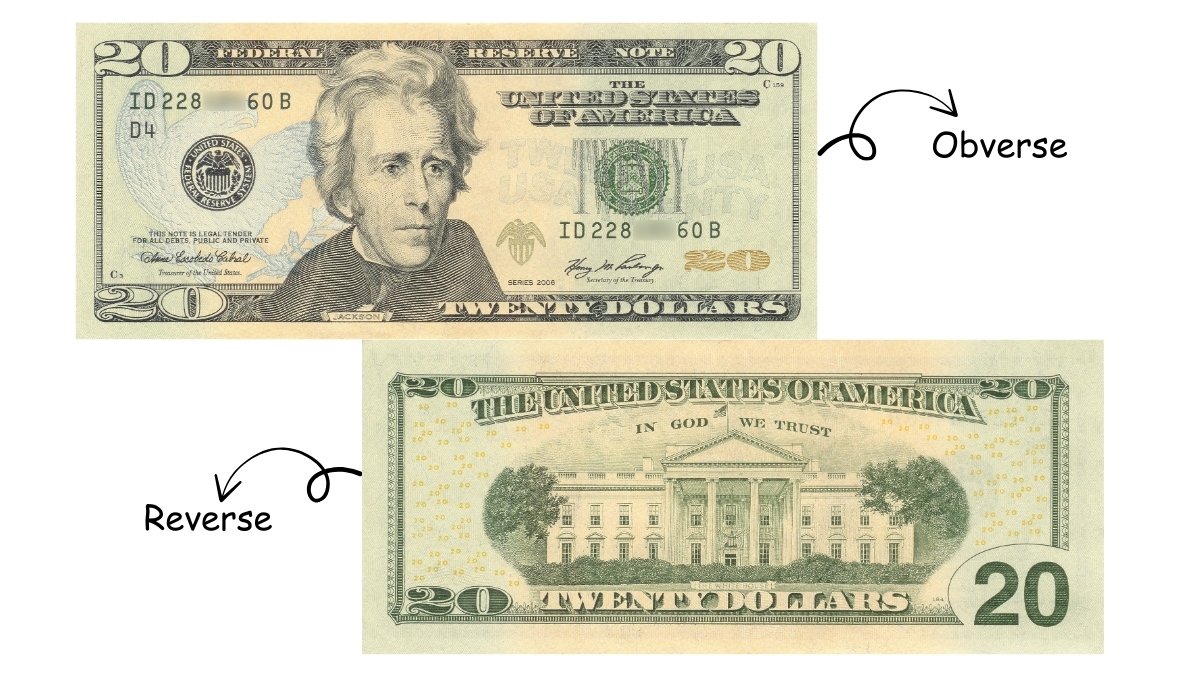
Andrew Jackson, the seventh President of the United States, is on the front of the $20 bill. His stern portrait shows how well he led during his two terms. The back of the coin shows the White House, which is the official home and main office of the President of the United States. This represents the power and prestige of the executive branch.
$50 Bill: Ulysses S. Grant
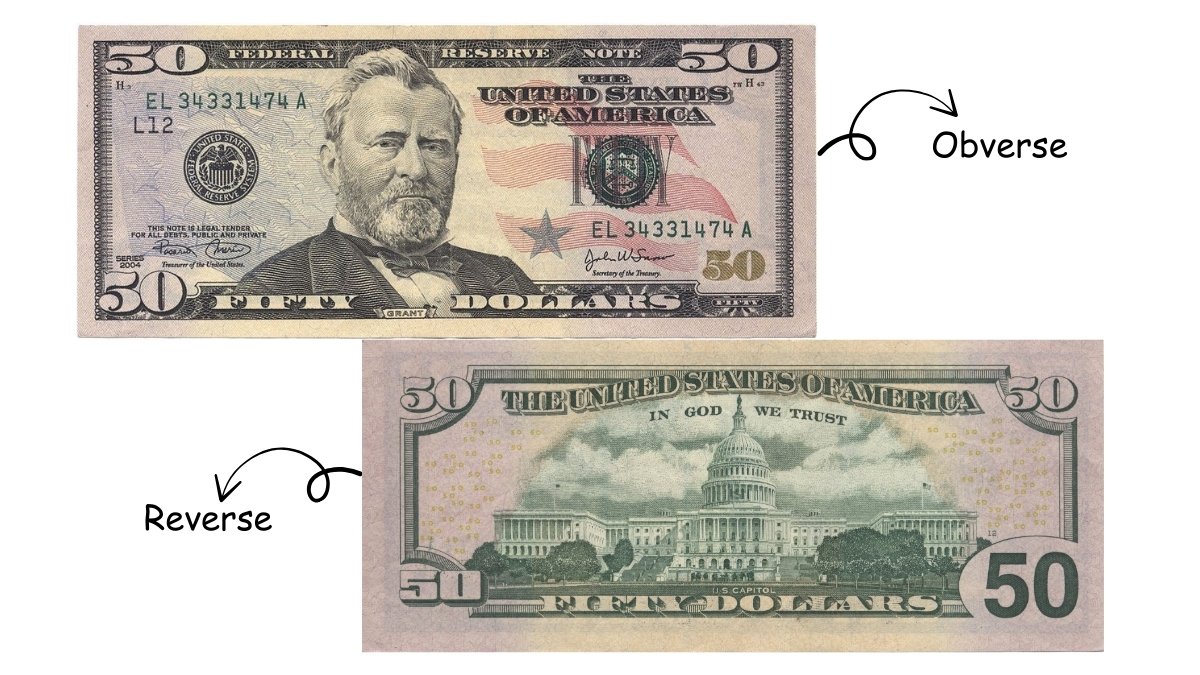
The $50 bill honors Ulysses S. Grant, who was the 18th President of the United States and the Union General in charge during the Civil War. His portrait shows how much he did to keep the Union together. The grand U.S. Capitol Building, on its backside, stands for the heart of America's democratic lawmaking process.
$100 Bill: Benjamin Franklin
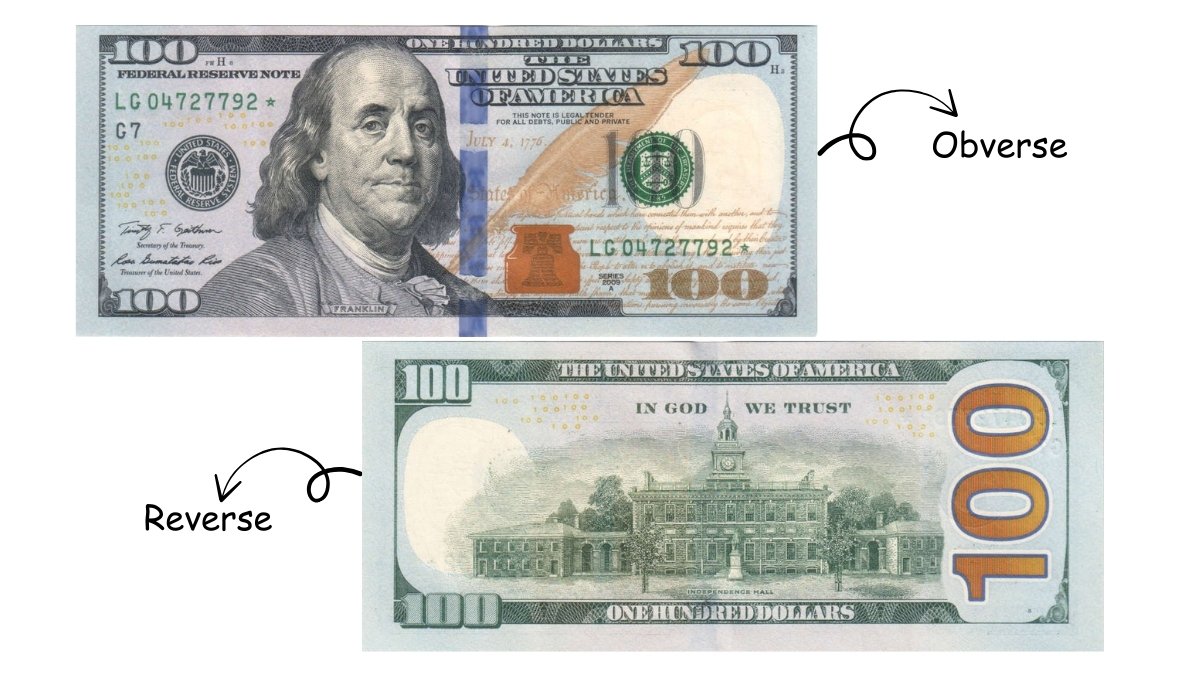
Benjamin Franklin is on the $100 bill, which is the most common US currency. Franklin was a politician, inventor, and diplomat who helped start the United States. People talked about and voted on the Declaration of Independence and the U.S. Constitution at Independence Hall in Philadelphia, which is shown on the back. This building stands for freedom in the United States.
Also Read - 7 Lesser-Known Facts about the Declaration of Independence
The United States currency denominations in circulation today are more than just financial tools; they are historical artifacts in our pockets. The U.S. Mint and the Bureau of Engraving and Printing change the designs of these notes all the time to make sure they stay a safe way to trade and a symbol of American heritage. The fact that the dollar's denominations are stable and honest is a sign of how strong the economy will be in the long run.
Comments
All Comments (0)
Join the conversation